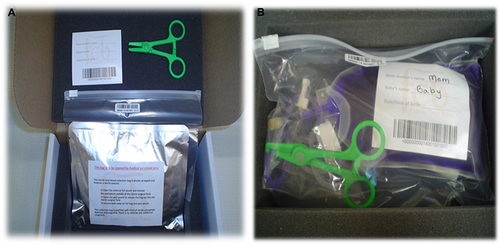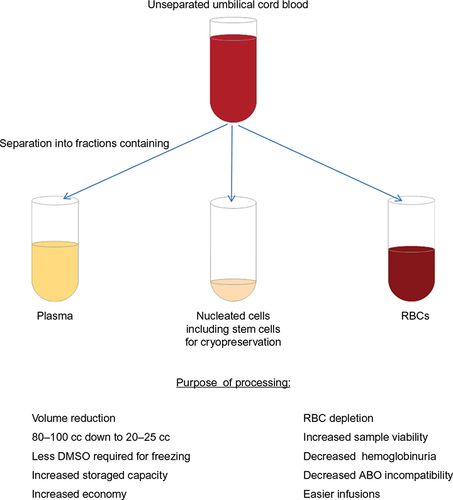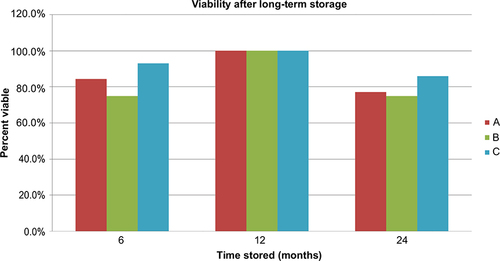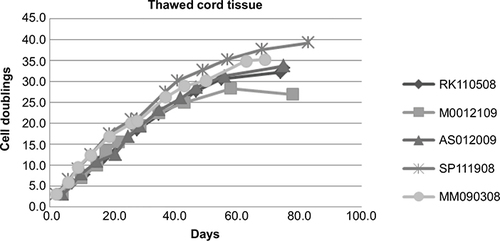Figures & data
Figure 1 A typical (cord blood) stem cell collection kit and shipping container.

Figure 2 Schematic representation of cord blood processing outcomes.

Table 1 Cord blood cell recovery by processing methodology
Figure 3 Long-term viability data for adipose stem cells cryopreserved and banked for 2 years.


